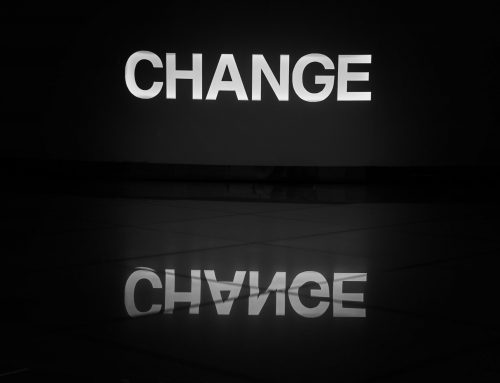If this past year has shown us one thing, is the importance of culture for an organization. In fact, organisations that embrace a strong culture, experience performance benefits and deal better with any disruption. But where does inclusion come to play when we talk about culture?
Today’s executives indicate that they view inclusion as a business imperative and a critical component of organizational culture as it can affect employee retention and engagement. In fact, in a survey conducted by Deloitte, 80% of respondents indicated that inclusion is important when choosing an employer, 39% said that they would leave their current organization for a more inclusive one, and 23% reported that they had already left. This also translates to better business outcomes since companies with inclusive cultures outperform other businesses by 8 times. Yet organizations are still struggling to create an inclusive culture.
An inclusive culture is one that embraces and celebrates differences. It goes beyond metrics and categorizing individuals by demographic attributes and instead focuses on measuring engagement and experiences. With the International Day for the Elimination of Racial Discrimination having just passed, here are some tips on how to truly build an inclusive culture and advance inclusion in a meaningful way:
-
- Provide the space and listen to your employees. Start by encouraging sharing, openness, and vulnerability. Don’t just preach but put yourselves out there in the organisation. Aim to understand what is working for your team and what could be improved. Genuinely listen to people from all levels and be prepared to get uncomfortable as your goal should be to get a clear, honest and transparent view of how things stand now.
- Mindfully respond and take action. Tackle issues that have been brought forward and value all input when deciding what to amplify or change. Identify differences in employee experience and values across the organization so that change can be made relevant for everyone. Practically show that the insights you gathered are of value and you aim to do something about them.
- Hold leaders accountable. To create culture change at scale and advance inclusion in an organization, you need not only to get buy-in from the top but also consistent commitment. Management should lead by example, raising awareness, encouraging conversation and practicing inclusive behaviours daily. Building a culture is not something you can delegate.
- Make inclusion inclusive. A directive top bottom approach does not work well in such profound change. Ask people to be part of shaping initiatives, the change process and the processing that will take place. Inform everyone of happenings around the organization to assure everyone has the same amount of access to what is happening.
- Use diversity and inclusion ambassadors. Data shows that culture change programmes with deliberately appointed ‘champions’ get 6X higher engagement than those without. So aim to use D&I ambassadors within teams or business units to spread the enthusiasm within your diverse team members.
Inclusion is all about an organizational culture that prioritizes humanity and alIows people to work with the dignity of having their backgrounds, life stories and experiences valued. Synthesizing based on our different backgrounds and views has such richness for any organisation and team. At the end of the day, everyone has a place in the organisation, including the rebels, the jokers, the ones showing resistance. They represent something our system needs to see and address. It’s up to all of us to make this change and now is the time to do it!





